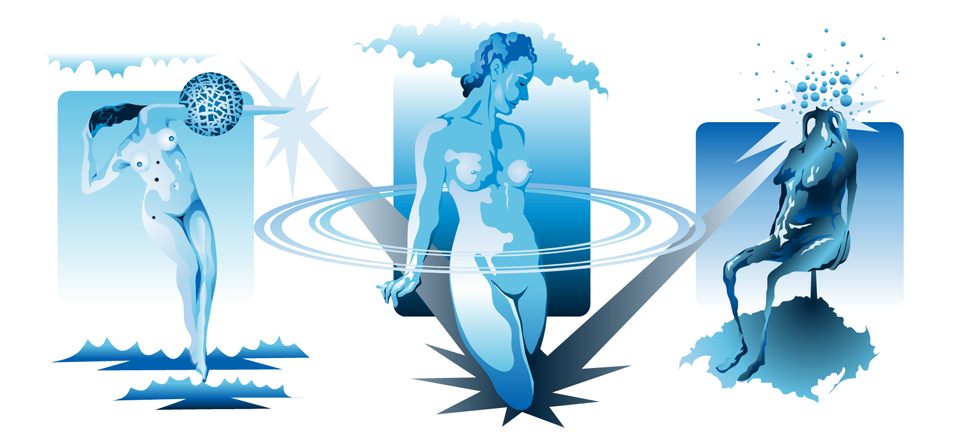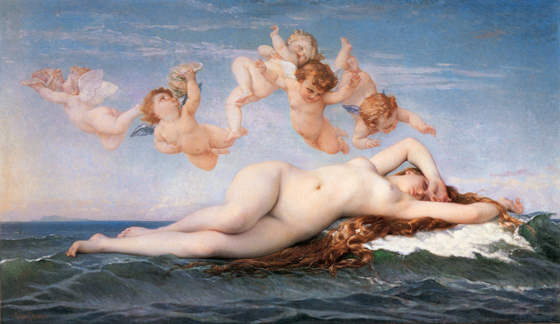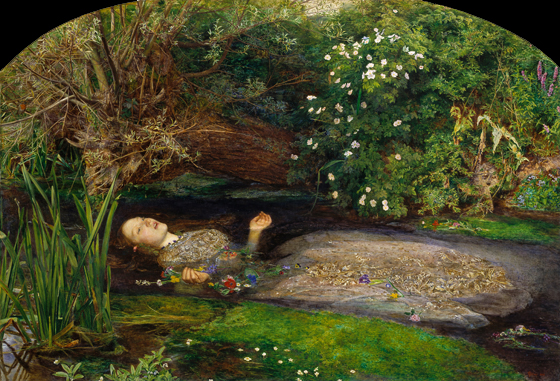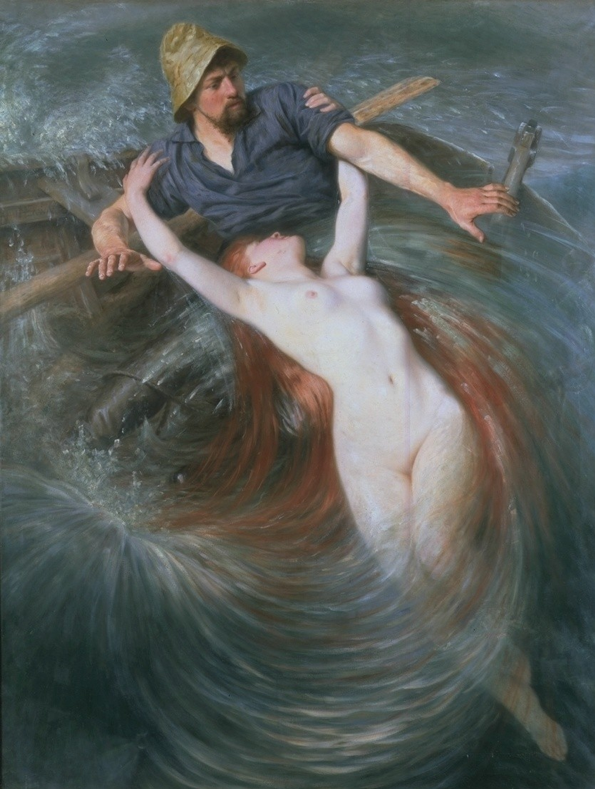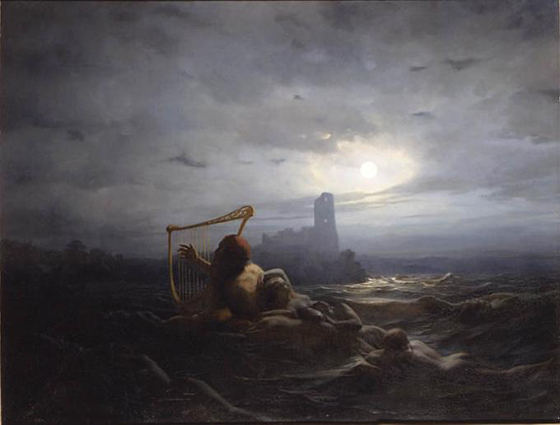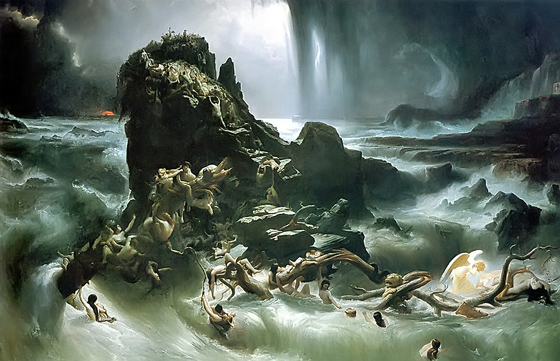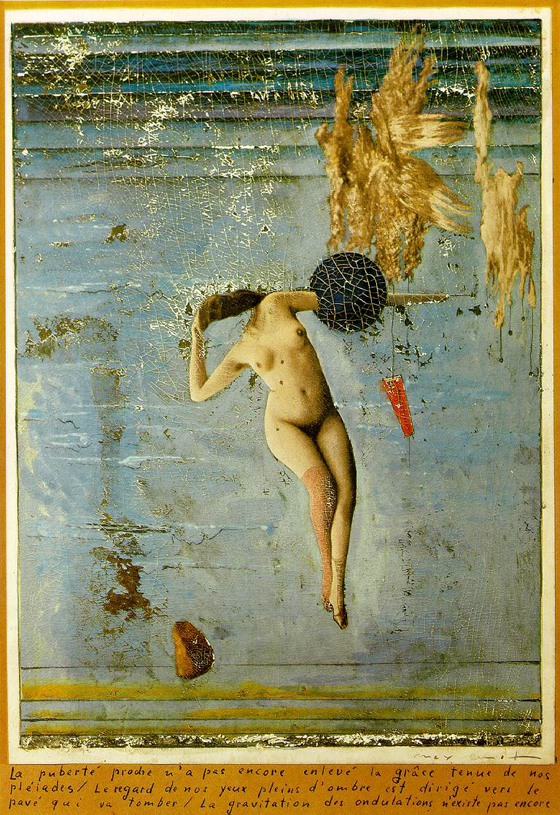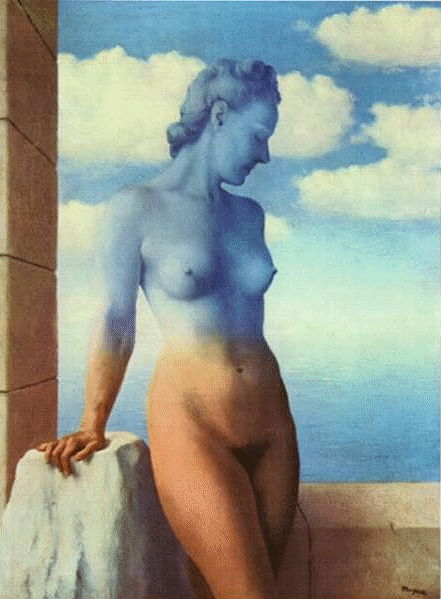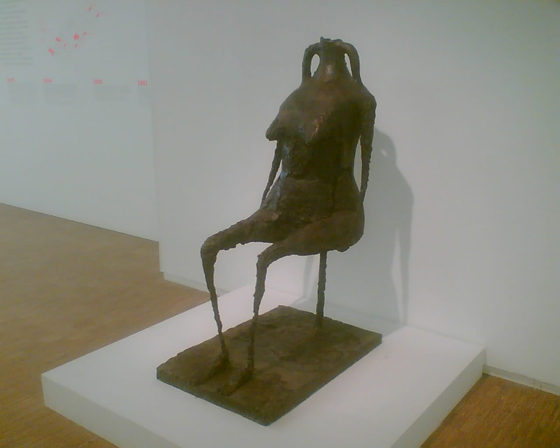Colour Me Dead - Chapter 2
Parts I to III

Background
The Lady In The Lake is the 2nd production in the 18-part series of films, animations and prints collectively titled Colour Me Dead. All the productions in this project are based on research which is forming the basis for the in-development book Colour Me Dead: Art, Sex & Psychos.
The Lady In The Lake is a suite of large mural prints depicting a chronological morphology of Romantic, Surrealist and Modern paintings which depict the female nude in relation to water: from Venus to Ophelia, from sirens to storm nymphs, from dark waves to apocalyptic deluges, from collaged soft-porn to sculpted figurines.
Credits
Sketching & vector artwork - Philip Brophy
Commissioned for the Vizard Foundation Contemporary Art Project
2013
Colour Me Dead, Ian Potter Museum of Art, Melbourne (Curated by Bala Starr)
Reference - Jean-Auguste Dominique Ingres La Source (1856)Reference - John William Waterhouse The Siren (c.1900)
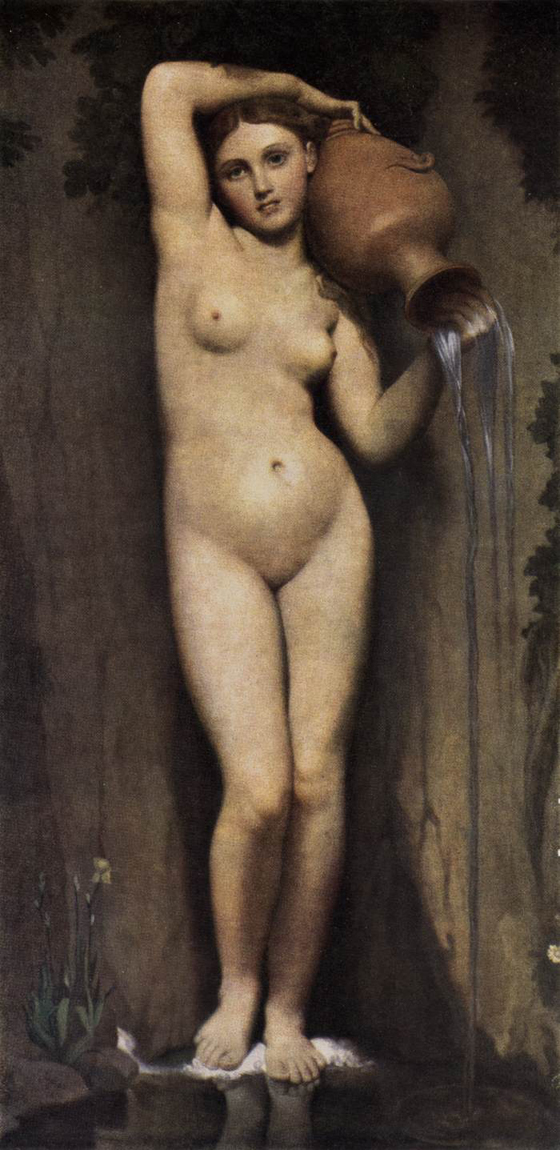
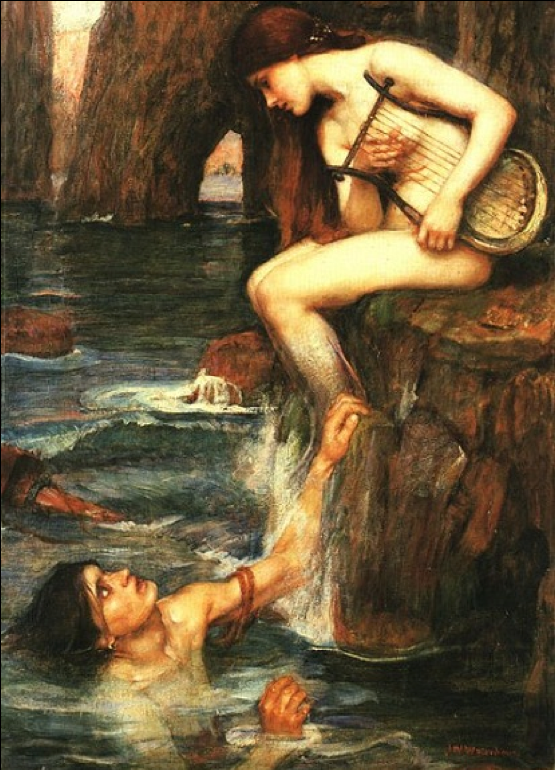
Parts IV to VI

Overview
Women and water have long been a mythical match. Across centuries the female nude has been aligned with water’s life-giving essence, suggestively echoing liquefied waves in her curvaceous form. Neoclassicist figures abound of Venus being birthed by waves, or nubiles collecting vessels of flowing water from well-springs. Departing from epochs of Judeo-Christian binaries of angels and harlots, the equation of woman and water was a declaration of her fertile energy and the self-centring notion of her being. Nude portraits of her in this guise eroticize that energy in a bounty of ambiguous yet fascinating images which depict the nude’s body as the source of her energy.
Yet in the mind’s eye of many an artist, her alluring body freed of social and religious standing unleashed a power beyond the controls that had previously defined woman. Like opened flood-gates, her energy was dreamt to be oceanic and wrathful. In perversely imagined acts of justice and balance, her dead body would be returned to a watery grave—enshrined by numerous visualizations of Ophelia and the Lady of Shalott. Concurrently, artists pored over pagan mythology, Greek myths and apocryphal tales to illustrate the many ways in which woman could lure man to ejaculative heights or fathomless depths. Romanticist painters revelled in the graduated danger inferred by erotic depictions of water sprites, lake spirits, mermaids, Nereides and sirens; Symbolist painters summoned dark clouds over churning oceans and stagnant lakes to frame her deadly allure. The Lady In The Lake gauges how the acceptance of woman as the source of life unintentionally positioned her as a usurper of life.
Reference - Edward John Poynter The Cave Of The Storm Nymphs (1903)Reference - Carlos Schwabe The Wave (1907)
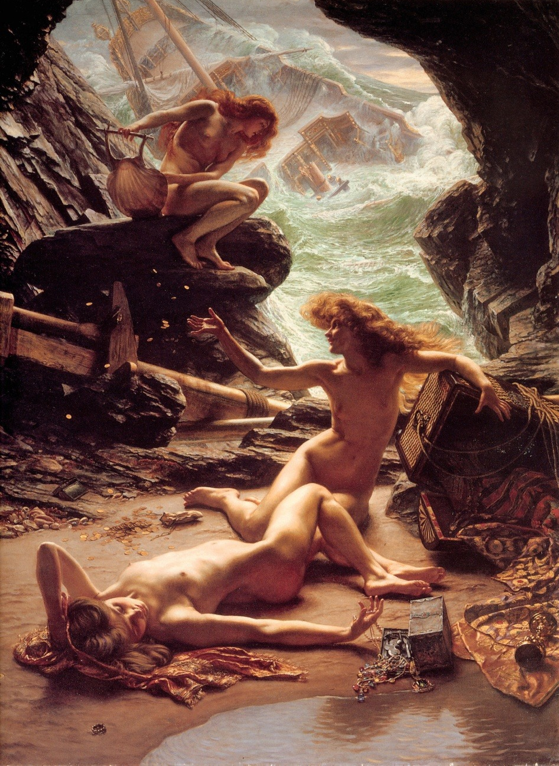
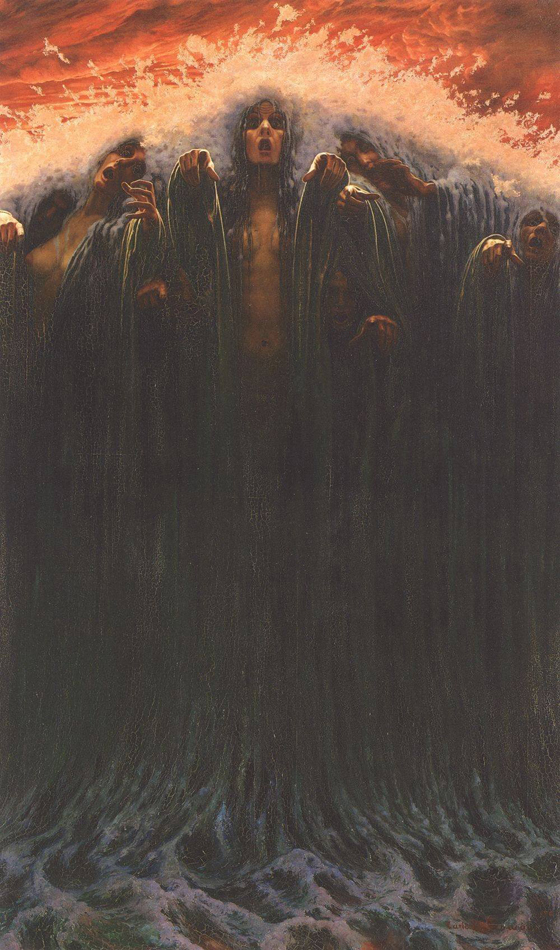
Parts VII to IX
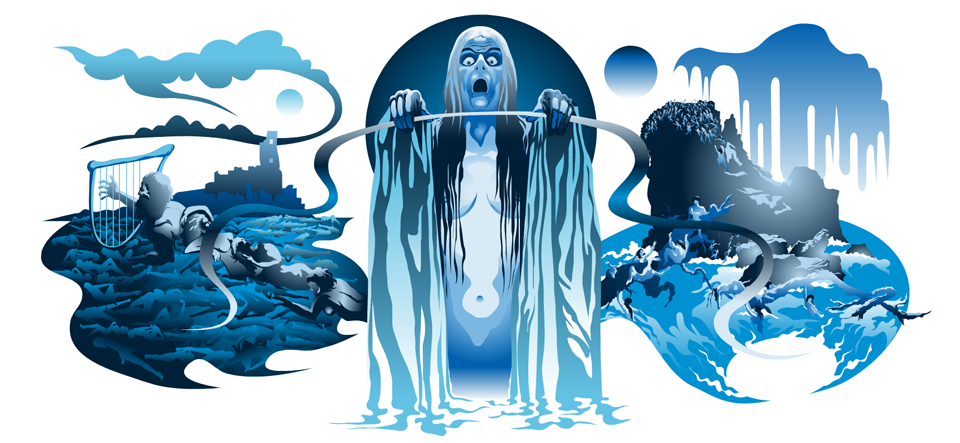
Technical
The Lady In The Lake is a suite of mural prints which illustrate a perspective on how the female nude has been associated with water. Scanning and studying over 70 influential paintings (and some sculptures), it became apparent that the nude female form's curvaceousness was continually explored and fetishised both internally and externally: images of lakes, oceans, floods, fluids, vessels, wombs, sweat, ejaculate, etc. proliferate at both symbolic and literal levels of depiction. From this watery oeuvre, 11 paintings and 1 sculpture from mid-19thC to mid-20thC were selected to construct a chronological chart, generated from lining the images up to observe and study their interconnections.
Pencil sketch outlines were done of each of the images, focusing on the female nude's body alone and removing all other elements (fishermen, ships, etc.). The pencil sketches function much like the colour/tone diagrams used in anime cel pencil drafts (a process also employed in The Illuminated Nymph). The pencil outlines indicate dark, mid and light areas of tone, transforming the graduated painterly effects into hard-edged shapes. These pencil diagrams were then scanned, and vector illustrations were produced from the scans using Freehand, tracing the pencil outlines. A restricted colour palette was employed of around 12 hues of blue - from purple-toned hues to slightly turquoise inflections. Gradients and hue interpolation were extensively employed in the colouring and layering.


Originally the idea was to produce 12 discrete prints, but eventually the idea of producing 4 mural prints - each containing 3 images - was chosen as it visually facilitated the idea of sets of images referencing each other. Once the figures had all been completed and positioned into the mural format (2.4m wide by 1.1m high), a pencil diagram was drafted to illustrate ways in which the 3 figures in each mural print could be interconnected:
Parts I to III
The water from the central girl's vase pours down and out into two liquefied swirls which create the 'birth' of Venus on the left, and the 'death' of Ophelia on the right. This central girl - 'the source' as per the title of Ingres' painting - stands upon her own dark foam, from which spouts the frothy wave for Venus and the dank swamp for Ophelia
Parts IV to VI
The central siren strums her lyre so that the upper frequencies produce an ejaculated spermatozoa fondled by the siren on the left, and the lower frequencies produce a vaporous stream connected to the palm of one of the storm nymphs on the right. The central siren sits upon a dark viscous outcrop atop marine froth, which in turn spreads out, connecting to the whirlpool on the left and the energised pools on the right.
Parts VII to IX
The central Gothic sprite from Schwabe's groups of dark wave maidens holds an ectoplasmic snake of fluid which stimulates and churns the ocean of female limbs on the left and the gaping plughole of flooded plains on the right.
Parts X to XII
The final print depicts 20thC variations of the eroticised siren. All rounded forms and erotic flagella of fluids have been transformed into harder, clinical, metaphysical renditions of energy waves. All three figures have been violently disfigured to re-create the nude as a titillating amputee (indicated by the laser-like beam which triangulates their amputation). The central nude hovers amidst cosmological vibrations of concentric energy; the left nude appears caught in an act of trans-dimensional penetration; and the right nude has been atomically blasted and mutated into a lumpen form.
Parts X to XII
